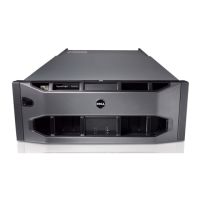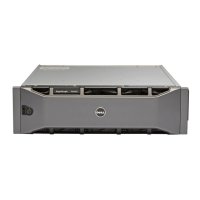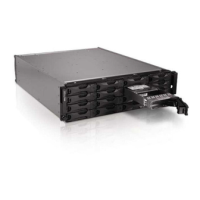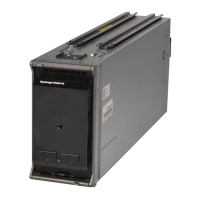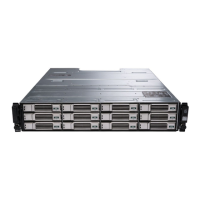Installation and Setup Using the SAN
4–6
2. Ensure that the computer matches one of the volume’s access control records.
To display the records for a volume:
• Using the CLI, enter the following command:
volume select volume_name access show
• Using the GUI, expand Volumes in the far-left panel, select the volume
name, and click the
Access tab.
If necessary, use the CLI or the GUI to create an access control record that the
computer will match.
3. To display the iSCSI target name for the volume:
• Using the CLI, enter the following command:
volume select volume_name show
• Using the GUI, expand Volumes in the far-left panel, select the volume
name, and click the
Connections tab.
4. On the computer, use the iSCSI initiator utility to specify the group IP address
as the iSCSI discovery address. If the initiator supports the discovery process,
it will return a list of iSCSI targets that the computer can access.
If the initiator does not support discovery, you must also specify the target
name. In addition, the standard iSCSI port number (3260) may be required.
5. Use the iSCSI initiator utility to select the desired target and log in to the
target.
Once the computer connects to the iSCSI target, the volume is seen by the
computer as a regular disk that can be formatted using the normal operating
system utilities. For example, you can partition the disk and create a file system, if
desired.

